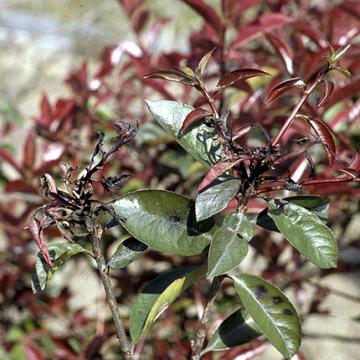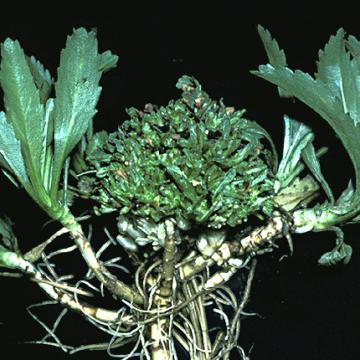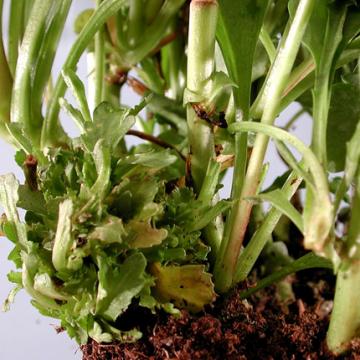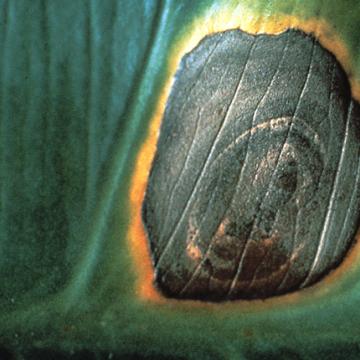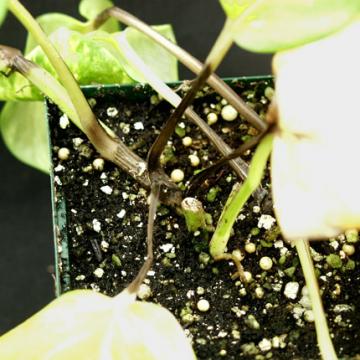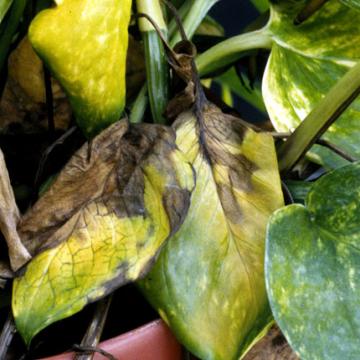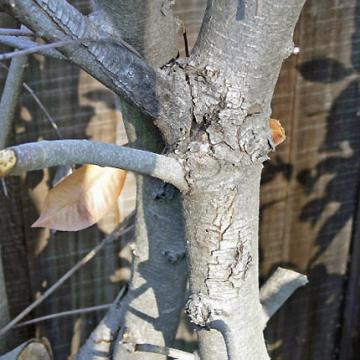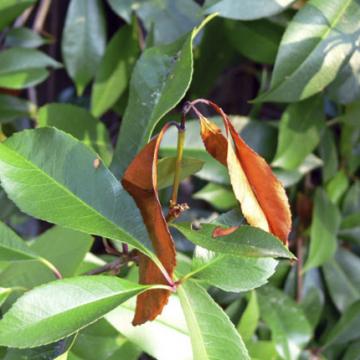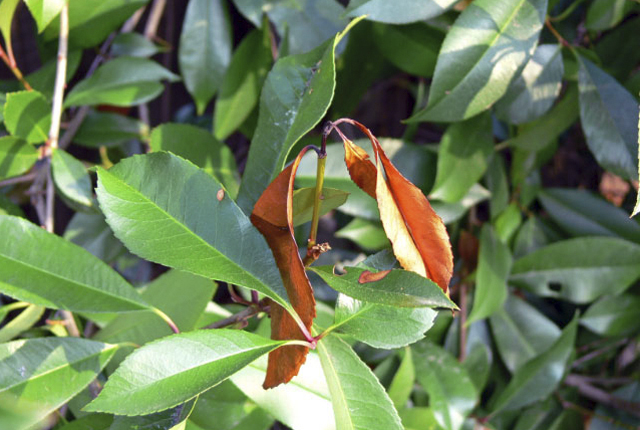DISEASE: Aster yellows
HOST: Daisy
Daisy with stunted and malformed flowers.
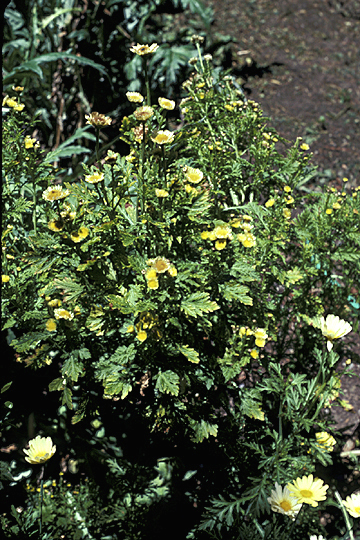
Aster yellows | Daisy
DISEASE: Aster yellows
HOST: Daisy (Euryops speciosissimus)
PATHOGEN: 'Candidatus Phytoplasma asteris'
PATHOGEN SYNONYM: Phytoplasma Aster yellows group
SOURCE: R. Raabe
DISEASE: Bacterial blight
HOST: Photinia
Symptoms of photinia bud blight shown here are similar to those of blast of pear and apple, caused by Pseudomonas syringae pv. syringae.
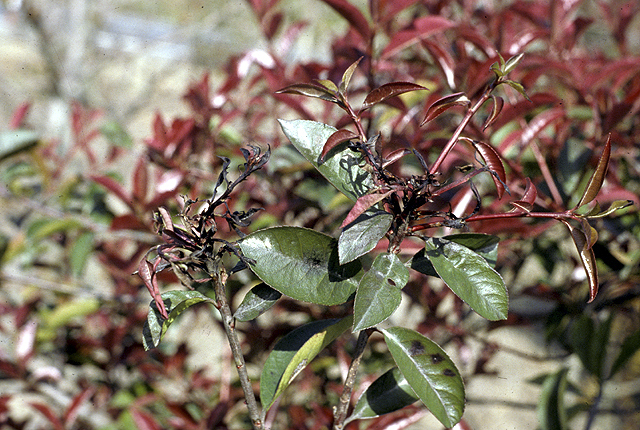
Bacterial blight | Photinia
DISEASE: Bacterial blight
HOST: Photinia (Photinia glabra)
PATHOGEN: Pseudomonas syringae pv. photiniae
SOURCE: M. Goto
DISEASE: Bacterial fasciation (Leafy gall)
HOST: Daisy
Bacterial fasciation of daisy.
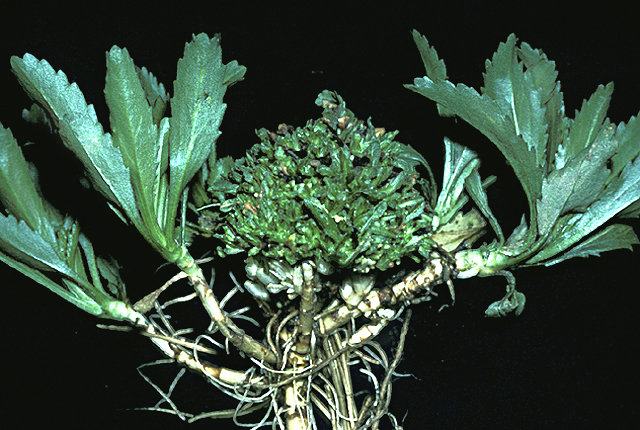
Bacterial fasciation (Leafy gall) | Daisy
DISEASE: Bacterial fasciation (Leafy gall)
HOST: Daisy (Leucanthemum maximum)
PATHOGEN: Rhodococcus fascians
SOURCE: R. Raabe
DISEASE: Bacterial fasciation (Leafy gall)
HOST: Daisy
Daisy with stem and leaf proliferation.
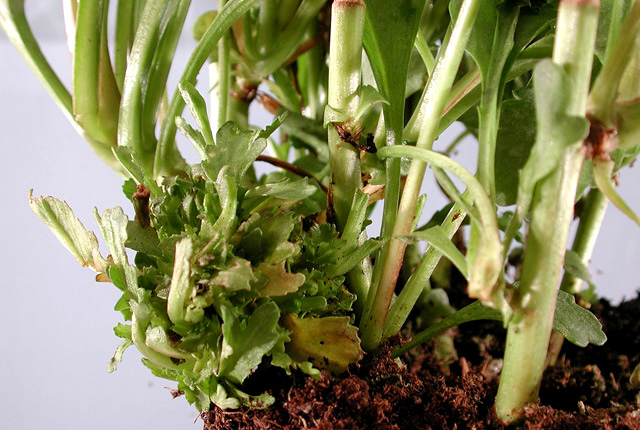
Bacterial fasciation (Leafy gall) | Daisy
DISEASE: Bacterial fasciation (Leafy gall)
HOST: Daisy (Leucanthemum maximum)
PATHOGEN: Rhodococcus fascians
SOURCE: M. Putnam
DISEASE: Bacterial leaf spot
HOST: Pothos
Leaf with black necrotic tissues with concentric rings of light and dark tissues.
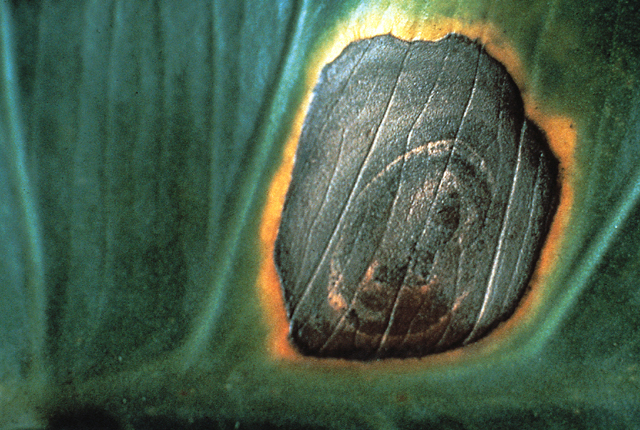
Bacterial leaf spot | Pothos
DISEASE: Bacterial leaf spot
HOST: Pothos (Epipremnum pinnatum)
PATHOGEN: Pseudomonas cichorii
SOURCE: APS
DISEASE: Bacterial wilt
HOST: Pothos
Pothos with infected stem and petioles.
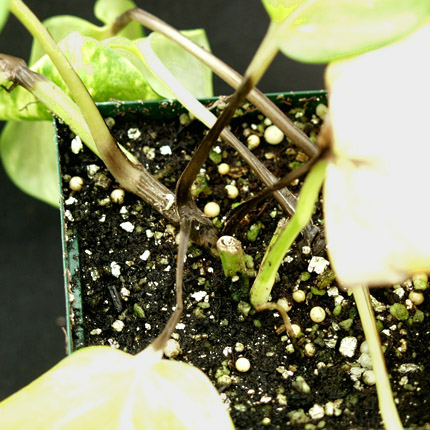
Bacterial wilt | Pothos
DISEASE: Bacterial wilt
HOST: Pothos (Epipremnum aureum)
PATHOGEN: Ralstonia solanacearum
PATHOGEN SYNONYM: Pseudomonas solanacearum
SOURCE: D. Norman
DISEASE: Bacterial wilt
HOST: Pothos
Plant with severely infected leaves and stems.
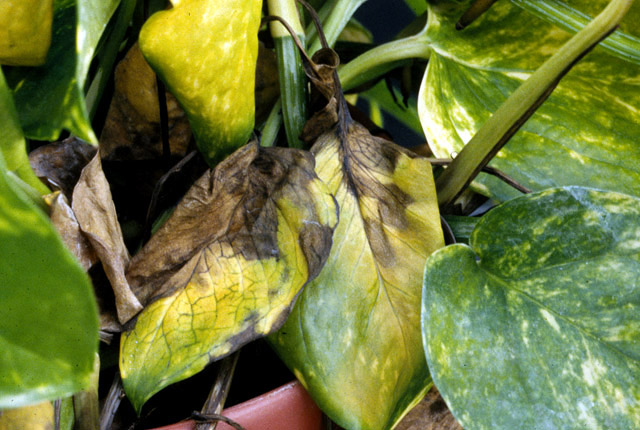
Bacterial wilt | Pothos
DISEASE: Bacterial wilt
HOST: Pothos (Epipremnum aureum)
PATHOGEN: Ralstonia solanacearum
PATHOGEN SYNONYM: Pseudomonas solanacearum
SOURCE: D. Norman
DISEASE: Fire blight
HOST: Photinia
Fire blight cankers on photinia.
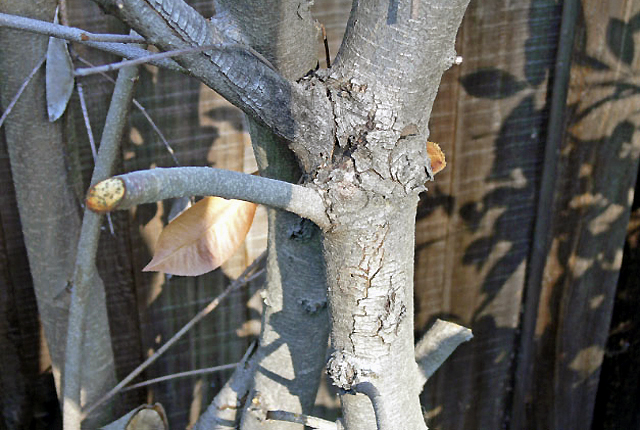
Fire blight | Photinia
DISEASE: Fire blight
HOST: Photinia (Photinia fraseri)
PATHOGEN: Erwinia amylovora
SOURCE: M. Schroth



